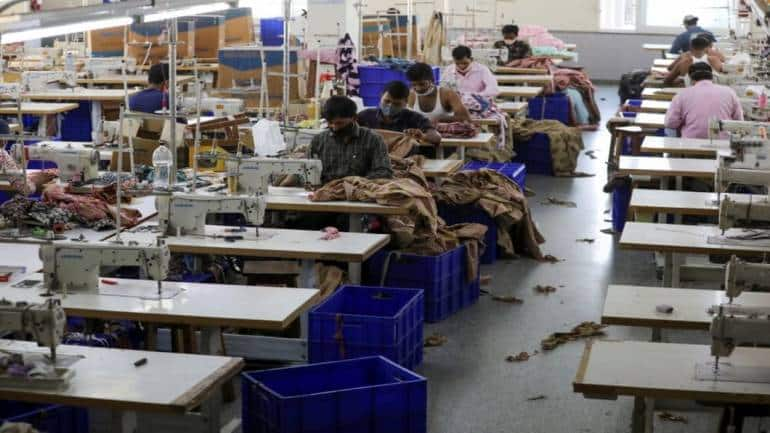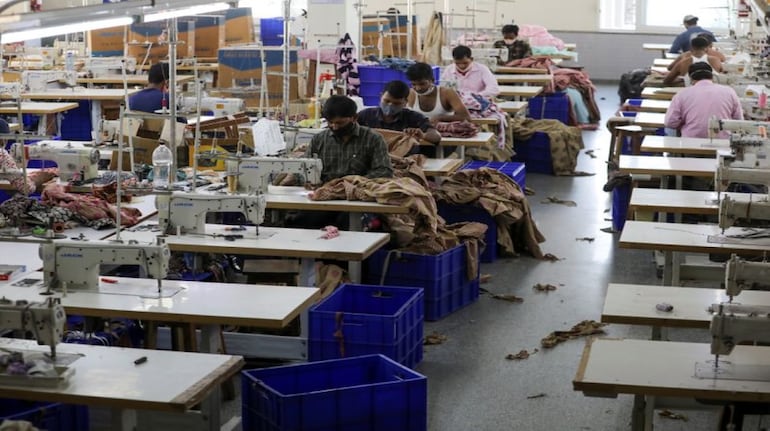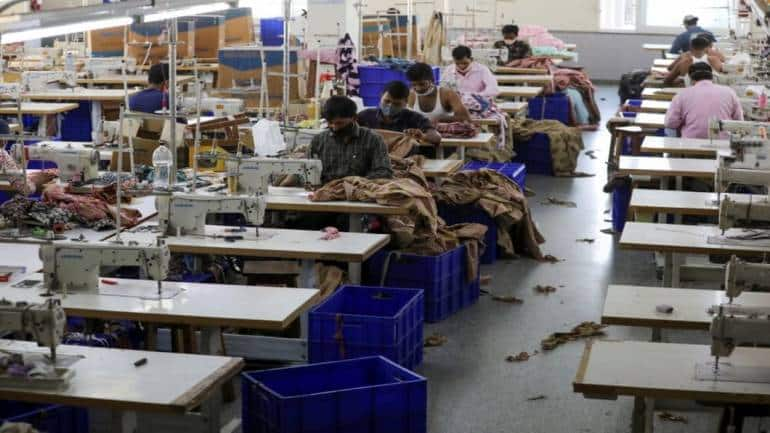

(Representational image)
In a bid to boost domestic development and manufacturing of textile machinery, the government may soon replace the Amended Technology Upgradation Fund Scheme (ATUFS) introduced in 2016 with one similar to the production-linked incentive (PLI), The Economic Times reported on November 30.
The standard operation procedures (SOPs) will be provided to textile manufacturing units for investment in plant and machinery of Rs 1 crore to Rs 50 crore for MSMEs and above Rs 50 crores for non-MSMEs. In order to promote technological upgradation the incentives will be provided based on the unit’s turnover post making the investment in setting up benchmarked modern technology, the report stated.
= 768 && (adKey.indexOf(“Moneycontrol”) != -1) && (adKey.indexOf(“Moneycontrol_Mobile_WAP”) = 768 && (adKey.indexOf(“MC_ENG_DESKTOP”) != -1 ) && (adKey.indexOf(“MC_ENG_PWA”) < 0) ){ setTimeout(function() {googletag.cmd.push(function() { googletag.display("MC_ENG_PWA/MC_ENG_PWA_NEWS/MC_ENG_PWA_BUSINESS_AS/MC_ENG_PWA_ROS_NWS_BUS_AS_ATF_300") });}, 2000); }if (width
Moneycontrol could not independently verify the report.
The PLI scheme seeks to provide incentives to the tune of 60 percent based on the investment criteria. The incentives will be provided across various facets of the textile industry such as weaving, knitting and spinning, among other segments.
Reportedly, the officials are trying to locate the ‘weak links’ in the textile value chain, an announcement regarding the scheme is also likely to be made pre- budget, “The ATUFS is being reviewed and a new scheme could be announced soon,” an official told ET.
The ATUFS, a credit linked Capital Investment Subsidy (CIS) scheme with an outlay of Rs 17822 crore to catalyze capital investments for technology upgradation and modernization of the textile industry. The scheme expired on March 31,2022.
The scheme aimed at facilitating the augmenting of investment, productivity, quality, employment, exports along with import substitution in the textile industry.
A ‘technology gap analysis’ was conducted to identify 60 critical components used in the textile industry which are not indigenously
manufactured and which the government aims to produce locally.
Under the proposed scheme, turnover achieved from job work in select
segments would be accounted for while calculating incentives and only theproducts manufactured by the registered company would be eligible.










